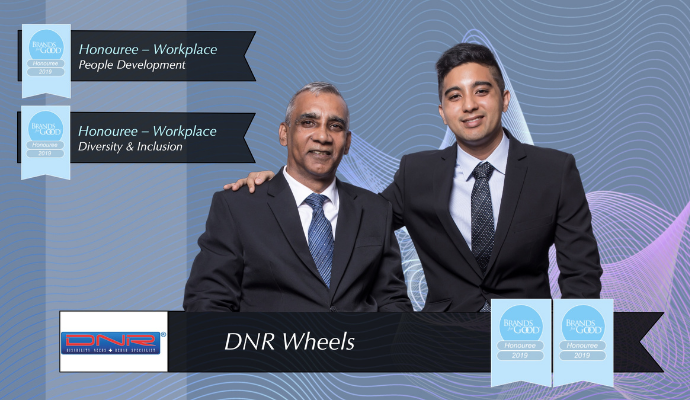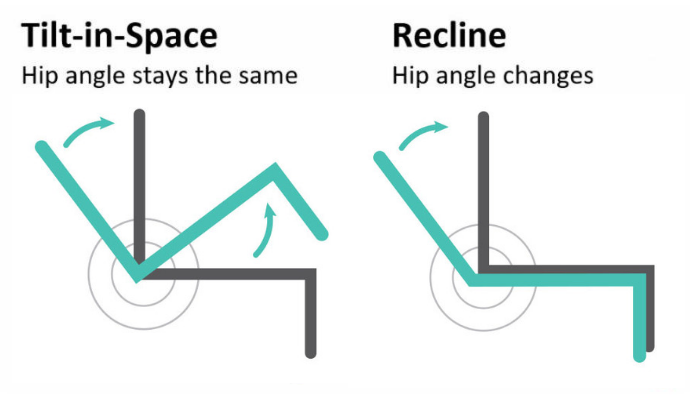Benefits of Tilting (Tilt-In-Space) Wheelchair and Reclining Wheelchair
|
Tilting (Tilt-In-Space) Wheelchair |
Reclining Wheelchair |
|
Suitable for user with muscular dystrophy. |
Suitable for user with spinal cord injuries. |
|
Prevent pressure sores by temporarily shifting the weight from buttocks to back. |
Opens up the angle between the backrest and seat. Often comes together with elevating legrests*. Can use elevating legrests to raise the legs to a higher position. It helps to reduce edema of lower extremities and reduce sheer (such as sliding backrest that moves with the user during recline). |
|
Help to relieve pain and discomfort caused by scoliosis*. |
User can lie down for rest or take a nap. |
|
Allow user to stretch and change body position to support pressure care and comfort. |
|
| *Scoliosis is a medical condition in which a person's spine has a sideways curve. The curve is usually "S"- or "C"-shaped over three dimensions. |  |
| *Elevating legrests |
|
Related articles:
The Difference between Tilting (Tilt-In-Space) and Reclining Wheelchair




